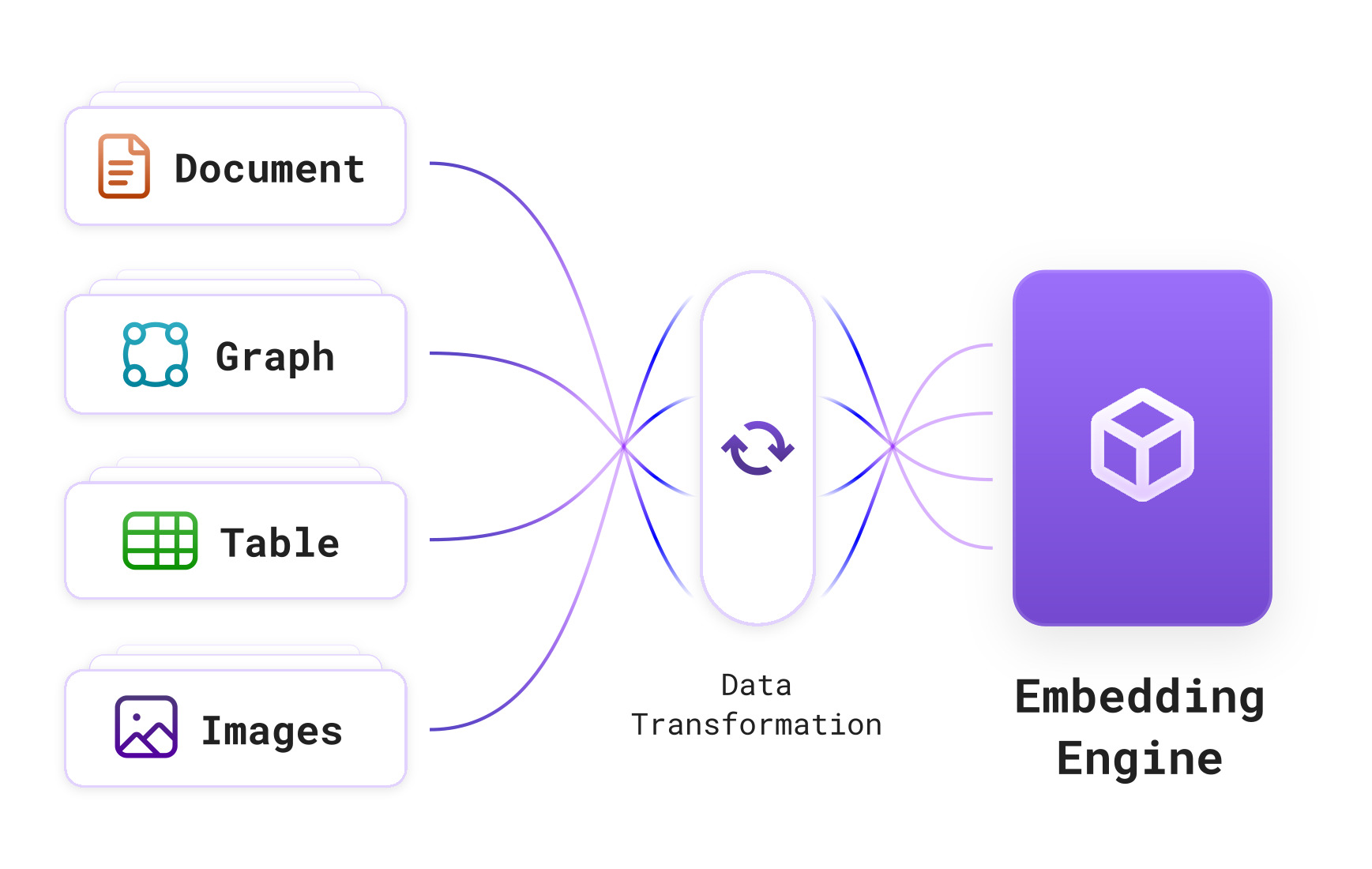 AI
AI
 AI
AI
 AI
AI
Corvic Inc. emerges from stealth mode today with $12 million in seed funding and technologies that it says reshape how enterprises leverage complex data for generative artificial intelligence.
The company said it’s tackling the problem of the time and resources enterprise waste tying together disparate data without a framework for organizing it. The result is generative AI applications that hallucinate, don’t scale and fail to deliver trustworthy results.
Corvic said its infrastructure intelligently orchestrates multistep advanced analytics to deliver accurate and explainable answers across complex enterprise data. It uses proprietary data processing architectures called Mixture of Spaces and Adaptive Chain of Actions to represent data.
Mixture of Spaces integrates multiple data types such as text, tabular data, images and time-series data into “spaces,” each with its own structure, semantics and processing tools. It navigates Spaces by applying format-aware techniques that extract useful information without forcing data into a single mold, such as text.
That allows a response to a query about product failure rates to combine semantic cues from text, trend data from logs and root causes from a table. “We deal with the problem of getting from the source to the end result as one entity,” saidcCo-founder and Chief Executive Farshid Sabet. “We apply the right tools with the right configuration to solve specific problems.”
Adaptive Chain of Actions is an orchestration engine that builds dynamic reasoning workflows based on a query and the available data spaces. Rather than relying on static prompts or rules, it adapts in real-time to the intent, data context and required logic path, dynamically composing the right combination of tools and spaces needed to fulfill each request. A single response to a query thus might combine tabular data linked as a graph and include semantic responses and visualizations presented as images.
Corvic said its approach enhances data fidelity and integration to dramatically increase the quality of AI performance. It unites a fragmented AI landscape that typically includes tools such as vector databases, retrieval-augmented generation, graph AI, and generative models operating in isolation.
Sabet likened the way organizations build AI models today to a warehouse that lacks structure and relies on specialized workers to manage it. “Think of it as organizing data by section – the kitchen or the living room – as opposed to dumping it into one area,” he said.
The RAG process that is widely used to customize large language models to the needs of an organization, “are dealing with text and text embeddings, and as the volume of text data increases the problem is exaggerated by having different modalities of data such as images, images with text embedding, tables, time-series data and graph structures,” he said. “These systems choke as the modality of data increases.”
When LLMs exhibit hallucinations and accuracy problems, “people blame it on context window being not large enough or on tokenization,” he said. The reality is that “a lot of RAG systems aren’t accurate because they’re dealing with enormous amounts of data.”
Corvic AI’s Cognitive Infrastructure unifies siloed capabilities into a single reasoning system that eliminates inefficiencies and adapts to changing data environments. It connects to existing enterprise data ecosystems to improve AI training without disrupting existing workflows. “We work with existing data types, all the hyperscalers and their tools,” Sabet said. “We use [application program interfaces] that are common across industries.”
Co-founders Sabet, Donald Nguyen and Gurbinder Gill previously worked together at Katana Graph Inc., the developer of a platform that analyzes large unstructured data sets using graph algorithms. Their background covers deep learning, graph analytics, distributed machine learning and enterprise infrastructure.
Corvic said its infrastructure is already being evaluated by numerous large companies in manufacturing, industrial, financial services, and life sciences. “We have customers that were getting maximum accuracies of 60% now getting a 30% higher level of accuracy,” Sabet said. “Just building pipelines took them months. They can now get to answers fairly quickly.”
Funding was led by M Ventures and Robert Bosch Venture Capital GmbH with participation by Foothill Ventures Inc., LAM Research Capital Ltd., LDV Partners LLC, K2 Access Fund LLC, and Brian Long of Atlantic Bridge Services Ltd.
Support our mission to keep content open and free by engaging with theCUBE community. Join theCUBE’s Alumni Trust Network, where technology leaders connect, share intelligence and create opportunities.
Founded by tech visionaries John Furrier and Dave Vellante, SiliconANGLE Media has built a dynamic ecosystem of industry-leading digital media brands that reach 15+ million elite tech professionals. Our new proprietary theCUBE AI Video Cloud is breaking ground in audience interaction, leveraging theCUBEai.com neural network to help technology companies make data-driven decisions and stay at the forefront of industry conversations.